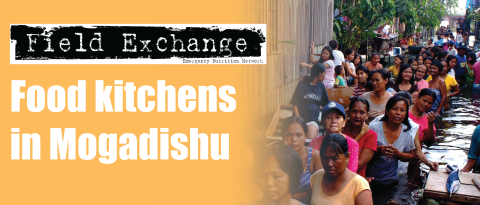Use of commercial RUTF in India
Summary of publication1
In India, nearly 8 million children suffer from severe acute malnutrition (SAM). Several hospitals and non-governmental organisations (NGOs) are engaged in communitybased management of malnutrition using locally produced/procured and locally processed foods along with intensive nutrition education. The Supreme Court of India has also directed the government to universalise the Integrated Child Development Scheme and provide one hot cooked meal per day to children under six years of age to supplement their nutrition.
A recent article challenges current thinking that a centrally produced and processed Ready-to-Use Therapeutic Food (RUTF) should supplant the locally prepared indigenous foods in treatment of SAM, on the basis that this ignores the multiple causes of malnutrition and destroys the diversity of potential solutions based on locally available foods. The authors are responding to a strategy that they claim has been introduced at state level without due process of discussion on its repercussions and implications.
The current situation in India according to the authors is as follows:
- A product called Plumpy'nut has been imported for distribution to children with SAM in several states through the mechanism of Nutrition Rehabilitation Centres (NRCs). There is a proposal to make it the "prescribed treatment" for SAM.
- If produced in India, it would cost approximately $40 per child per treatment.
- Plumpy'nut efficacy has been demonstrated in other countries, particularly in Africa, in conditions of disaster and famine.
- There are few studies comparing the impact of Plumpy'nut with other specific community-based treatments for SAM developed from local indigenous foods.
The authors make a number of assertions in opposition to a strategy of introducing the use of RUTF for treatment of SAM in India.
- The guidelines for community and home-based treatment of SAM, formulated by a large group of experts and supported by the Indian Academy of Paediatrics, recommends the use of homebased food (modified from the family pot). It specifically warns that commercially available international RUTF may not be suitable, acceptable, cost effective and sustainable.
- Many locally produced/producible foods that are culturally acceptable and relatively low cost have been used for SAM in India for many decades by reliable academic and medical institutions, as well as by non governmental groups.
- Several experiments using modified family foods to treat SAM have been undertaken in India.
- These foods have been completely ignored in the haste to introduce Plumpy'nut yet may have many advantages, e.g. promote agricultural practices as they use millets and locally available foods, promote local livelihoods amongst the very families with malnourished children, use the agency of existing women's groups as well as small scale industry, and are a more decentralised process allowing greater community participation and control.
The authors argue that although there are few formal studies documenting the efficacy of local recipes, there is plenty of anecdotal evidence of success. Furthermore, the fact that preexisting attempts have not been properly studied, analysed and documented by research and expert bodies on nutrition, is a matter of concern. The authors also ask why it has been permitted to introduce an alien product at such large scale without investigating the relative merits and demerits of the local foods that are already being used in India. It would not have been difficult or time consuming to study these further before arriving at a suitable strategy for SAM that includes supplementary food. The authors recommend that the country needs to develop a well discussed and debated policy of child nutrition, rather than have to combat each contingency as it arises.
1Working Group for Children Under Six (2009). Should India use Commercially Produced Ready to Use Therapeutic Foods (RUTF) for Severe Acute Malnutrition (SAM). Social Medicine, volume 4, No 1, March 2009
Imported from FEX website


